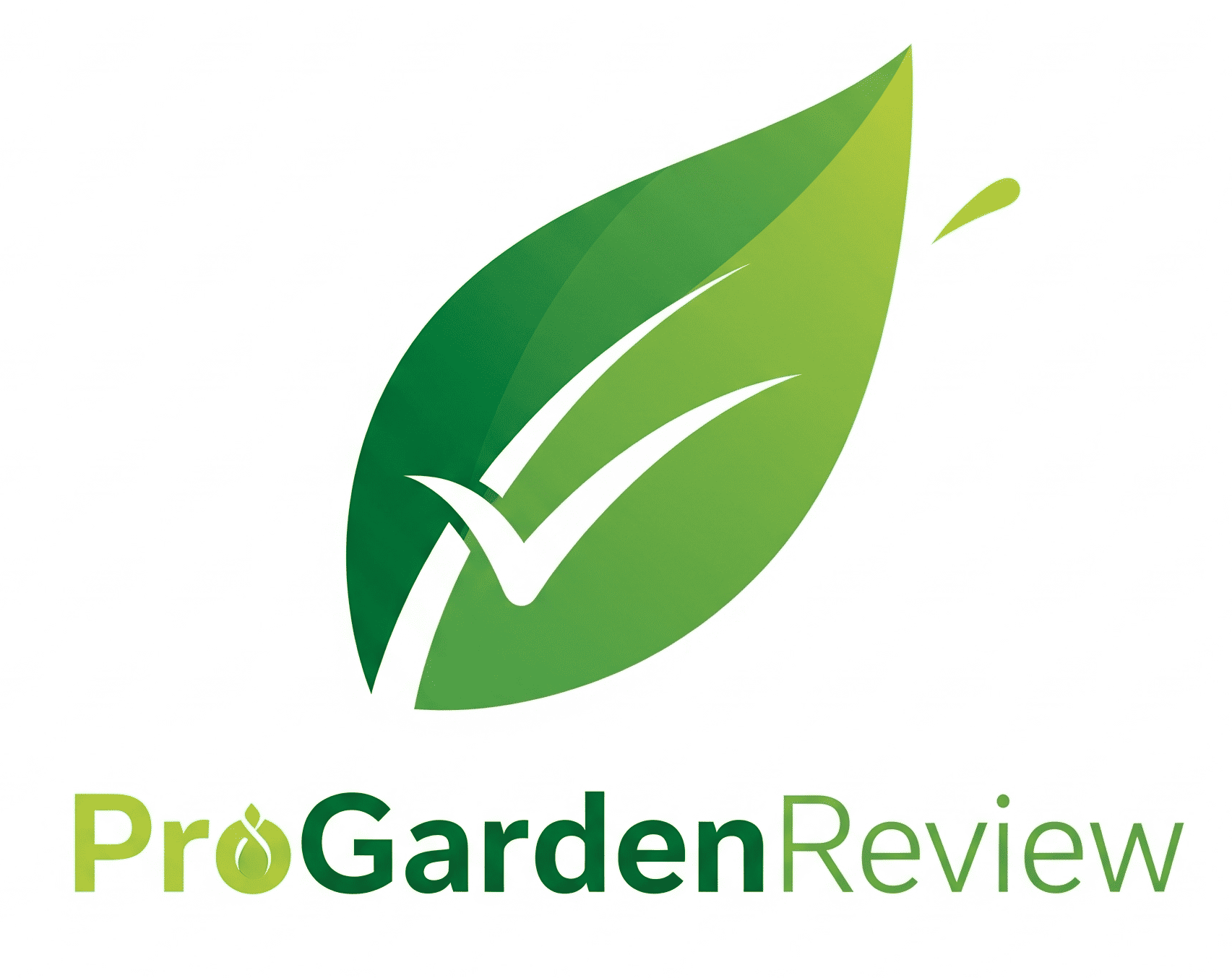Comparison: Best Home Depot Kellogg Potting Mix (Updated | Nov 11th)
But with several options on the shelf, how do you know which one suits your needs? We’ve dug into the details (literally) to compare the top Kellogg blends, weighing ingredients, moisture control, and real-world performance. Whether you’re potting herbs, veggies, or lush houseplants, we’ll help you pick the perfect mix with confidence—no guesswork needed.
- Best for all-natural soil: Kellogg Supply 273603 2 cu. ft. All Natural Raised Bed & Potting Mix
Product Comparison: Best Home Depot Kellogg Potting Mix
Kellogg Supply 273603 2 cu. ft. All Natural Raised Bed & Potting Mix

Product prices and availability are accurate as of the date/time indicated and are subject to change. Any price and availability information displayed on Amazon.com at the time of purchase will apply to the purchase of this product.
Buying Guide
FAQs
What makes the Kellogg 2 cu ft. All Natural Raised Bed & Potting Mix different from regular garden soil?
This mix is a sterile, peat‑based blend that’s free of weeds, pests, and disease, unlike many garden soils that may contain contaminants. It’s formulated with a balanced ratio of peat moss, perlite, and composted bark to provide excellent drainage and aeration. The mix also includes added nutrients to support seedlings and container plants right out of the bag.
Is the Kellogg potting mix suitable for both raised beds and containers?
Yes, the product is marketed as an all‑natural mix for raised beds, containers, and even indoor pots. Its lightweight texture and moisture‑retention properties work well in confined spaces, while the added organic matter promotes healthy root development in larger beds. This versatility makes it a convenient single purchase for multiple garden projects.
How does the price and value of this Kellogg mix compare to other premium potting soils at Home Depot?
While the exact price can vary by location, the Kellogg 2 cu ft. bag typically falls in the mid‑range for premium mixes, offering a good balance of quality and cost. Compared to higher‑priced, specialty blends that may contain added fertilizers or bio‑char, Kellogg provides a solid, nutrient‑rich base without extra additives, delivering strong value for most gardeners.
What should I look for on the label to ensure the mix meets my gardening needs?
Check for terms like “sterile,” “all‑natural,” and the inclusion of peat moss, perlite, and composted bark, which indicate a well‑balanced, disease‑free medium. Also verify the recommended plant types—this mix is ideal for vegetables, herbs, flowers, and seedlings. Finally, look for a clear nutrient analysis or guaranteed pH range to match the plants you plan to grow.
Can I use this potting mix for outdoor vegetable gardening, or is it only for indoor use?
The Kellogg mix is suitable for both indoor and outdoor applications, including vegetable gardens in raised beds or containers. Its sterile composition helps prevent soil‑borne diseases that commonly affect vegetable crops. However, for long‑term outdoor beds, you may want to amend with additional compost or organic matter over time to replenish nutrients.
How long does the Kellogg potting mix stay effective after opening?
When stored in a sealed container away from direct sunlight and moisture, the mix can retain its quality for up to 12 months. Over time, the organic components may break down slightly, reducing nutrient levels, so it’s best to use the mix within a season for optimal performance. Keeping the bag tightly closed after each use helps maintain its sterility.
What are the key environmental considerations when choosing this potting mix?
Kellogg’s mix is made from renewable peat and responsibly sourced bark, but peat extraction does have environmental impacts, so look for certifications indicating sustainable harvesting. The product is free of synthetic chemicals and pesticides, reducing runoff concerns. If you prefer a peat‑free alternative, you might consider mixes that use coconut coir or composted wood fibers instead.
